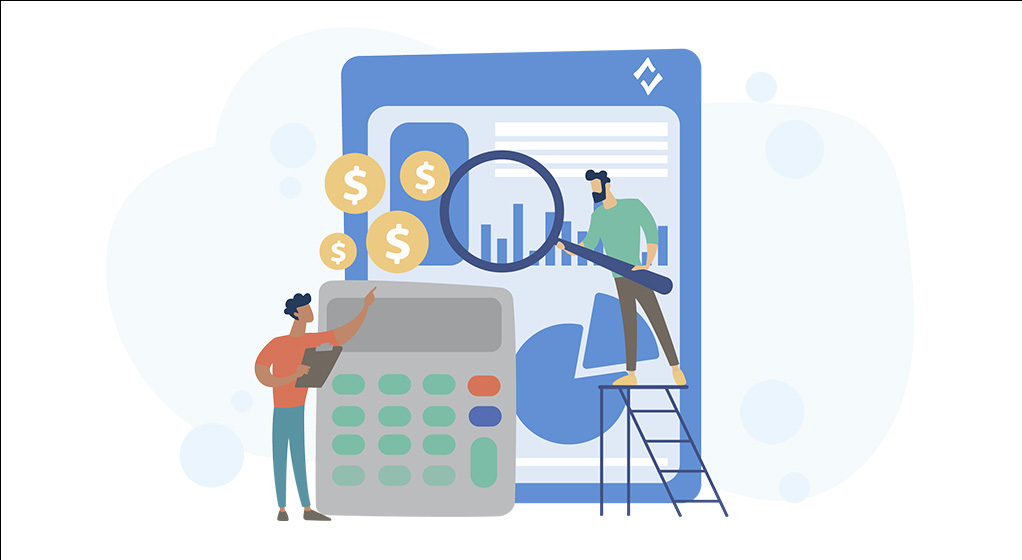Have you ever considered the real cost of verifying continuing professional development (CPD) compliance through an audit? If you have not, you might be surprised to learn about the chain reaction of expenses associated with audits that can produce quite a large price tag. These hidden costs can result from the various departments and materials that are required to participate in an audit. In response, many regulatory agencies have chosen to leverage technology and innovative solutions to minimize or eliminate the hidden costs of an audit. These innovative solutions can save millions of State dollars within a few years. Before choosing to implement a solution for CPD/CE audits, it is important to understand where the real cost of an audit comes from.
Resources
When you think about the cost of an audit, your first thought might be office supplies such as writing instruments, stationery, printed forms, reproduction, postage, phone/fax, and photocopying supplies. This is a good place to start discussing costs since these materials are heavily used during an audit and all the following actions. These costs can quickly become astronomical when auditing even small quantities of the population since it requires constant physical correspondence and exchanges. In addition, any communication and request for information from other CPD/CE stakeholders can result in even higher material usage. Auditing even 10% of the population can result in staggering quantities of costly paper, postage, and other supplies during the entire audit workflow. Implementing electronic, automated infrastructure can eliminate costly material expenses while simplifying workflows to produce more accurate procedures, reducing necessary interaction from stakeholders. Utilizing digital systems for all physical aspects of audits is sustainable, economical, and efficient.
Staff Time
There is always a common question in any business endeavor or work environment. What is the best use of my time? Sometimes, more importantly—What is the best use of my staff’s time? Nothing is more important and expensive than one’s time. Time is money.
This is especially true when considering the traditional, archaic process of CE audits, which can be frighteningly time-consuming. Most often, the man-hours required for audits are what limit regulators to perform uninspiring audit percentages. It is uncommon to see any Boards & Commissions performing higher than 25% audits, with most actually falling under 10%. This is with good reason, however, since auditing above those numbers would exponentially increase time requirements for staff and administrative costs due to the chain reaction of audits.
While each State operates differently, common audit procedures entail the involvement of several personnel and departments. Audit, support, and administrative staff are some of the first members to spend time on audits by initiating the project, selecting the percentage, sending letters, and collecting CE data. Audit staff then needs to spend great amounts of time sorting and organizing initial paperwork while continually corresponding with the individuals to get correct CE information. After this long process, staff can usually involve an investigator who identifies why certain individuals are failing. After it has been confirmed, attorneys may be required to write up failed individuals, which must be presented to the Board. This much staff time required for audits is a massive factor in why States are limited in their audit rates.
With this, innovative technology is being developed to alter the parameters of that limit by allowing for efficiency and time management, never before seen in history. Using technology to quickly collect data, organize information, verify compliance and streamline workflows has created a way for States to perform up to 100% audits while even saving money from previous methods.
Opportunity Costs
Opportunity cost can be defined as the benefits lost when pursuing a particular course of action instead of an alternative course. When discussing the costly time requirements for an audit, it is equally important to discuss what that time could achieve should it not have been consumed by those actions. This hidden cost of the audit is considered the opportunity which is lost since devoted time cannot be reallocated. Regardless of which staff members perform audits, their time can be equally valuable on other projects, endeavors, and deadlines. So, a large amount of time discussed above should be viewed as twice the expense when considering the opportunity that has been lost from inefficient processes.
Each public regulatory agency has different rules, procedures, and thoughts on audits. Beyond that, different leadership has different views on the needs and importance of these audits, which can vary greatly depending on the profession. Nonetheless, despite these varying opinions, it is clear that even a small percentage of audits have large price tags attached. For example, the Florida Department of Health has been able to reduce audit-related expenses by over $500,000 annually by switching to a digital CE management platform. The substantial material, time, and lost opportunity costs can be seen easily when dealing with such large agencies. Fortunately, the use of emerging technologies has begun to allow State CE audits to be another function completely transformed as technology has already done with industries like banking, insurance, and travel.
CE Broker creates best-in-class software that connects licensing boards, education providers, and licensed professionals in one easy-to-use platform designed to increase compliance rates, streamline administrative complexity, and encourage professional development. Contact us to learn more.

